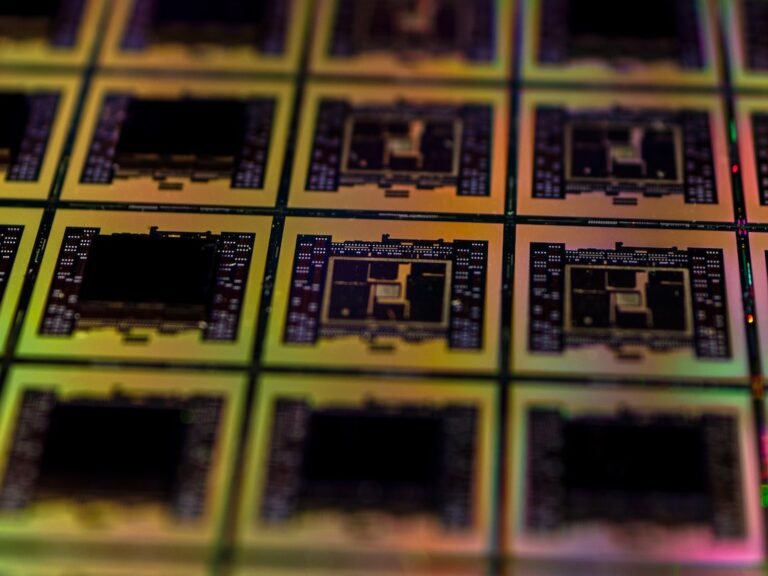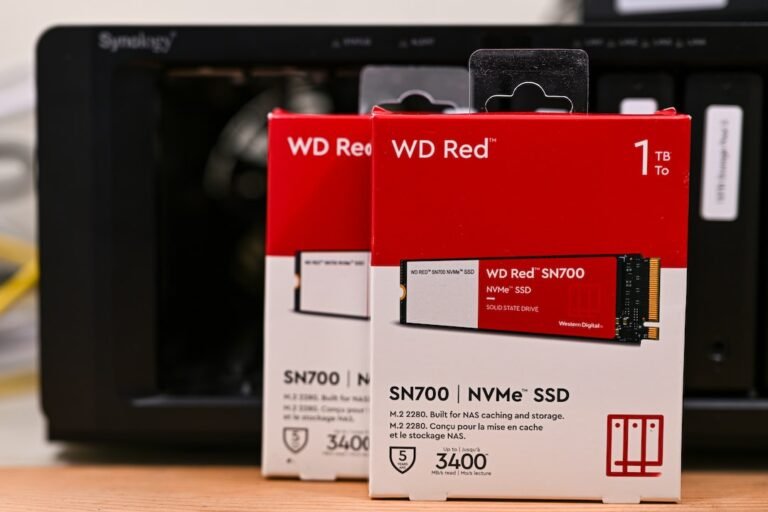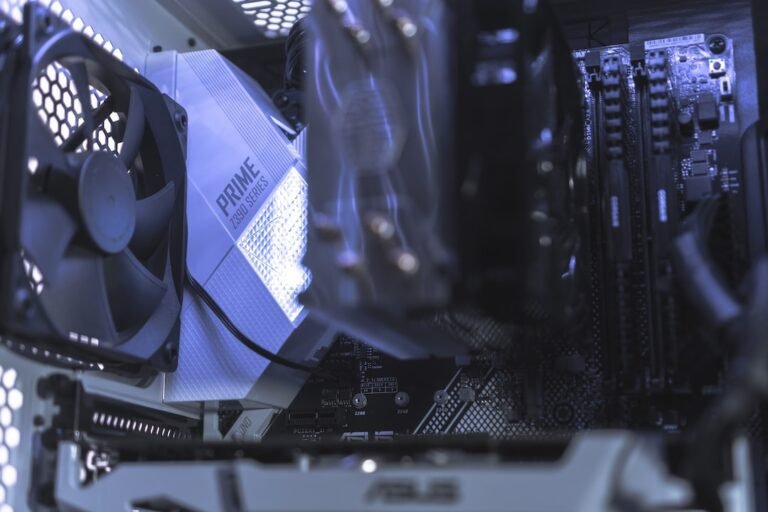Introduction
Have you ever experienced slow internet speeds or weak Wi-Fi signals in certain areas of your home? It’s frustrating when you’re trying to watch a movie, play games online, or video chat with friends, only to be hindered by a poor internet connection. But fear not, because there’s a solution that can enhance your signal strength and overall network performance � introducing 5G router beamforming technology.
In this article, we will explore the power of 5G router beamforming technology and how it can revolutionize your internet experience. We’ll dive into the concept of beamforming, how it works, and the benefits it brings to your home network. So, sit back, relax, and get ready to learn how you can take your internet connectivity to the next level.
What is Beamforming?
Beamforming is a technique used in wireless communication that allows for a more focused and directed transmission of signals between a router and connected devices. Traditionally, routers transmit signals in all directions, like a light bulb illuminating a room. However, with beamforming technology, routers can concentrate and steer the signal towards specific devices, ensuring a stronger and more reliable connection.
Think of beamforming as a spotlight that follows you around the room, providing you with a clear and uninterrupted connection no matter where you are. This targeted approach improves signal strength, reduces interference, and enhances overall network performance.
How Does Beamforming Work?
To understand how beamforming works, let’s take a closer look at the process:
Device Identification: When a device connects to a 5G router, both the router and the device exchange information. The router identifies the device’s location and signal strength requirements.
Signal Transmission: Armed with this information, the router uses multiple antennas to create highly focused “beam” or signal paths towards the connected devices. By concentrating the signal, the router ensures a stronger connection between itself and the devices.
Continuous Monitoring: The router continuously monitors the connected devices and adjusts the beamforming accordingly. This ensures that the signal remains strong and optimized, even if devices move or the environment changes.
By implementing beamforming technology, routers can provide a better internet experience by focusing and maximizing the signal strength towards specific devices, resulting in faster speeds, reduced latency, and improved network coverage.
Benefits of Beamforming Technology
Now that we have a basic understanding of beamforming, let’s explore the benefits it brings to your home network:
1. Enhanced Signal Strength: Beamforming technology enables routers to boost the signal strength towards specific devices, overcoming barriers such as walls, objects, or distance. This means you can enjoy a strong and stable connection throughout your home, even in hard-to-reach areas.
2. Improved Network Performance: By directing the signal towards devices, beamforming reduces interference and noise. This optimization results in faster internet speeds, reduced lag, and a more reliable overall network performance. Whether you’re streaming 4K videos, gaming online, or hosting a video conference, beamforming ensures smooth and uninterrupted connectivity.
3. Extended Coverage: With beamforming, the range of your Wi-Fi network can be extended, enabling you to stay connected even when you’re in the backyard or on a different floor of your house. This eliminates the frustration of dead zones and ensures seamless connectivity throughout your home.
4. Multiple Device Support: Beamforming technology allows routers to handle multiple devices simultaneously without sacrificing signal strength. Whether you have numerous smartphones, tablets, laptops, or smart home devices connected to your network, beamforming ensures that each device receives an optimal and dedicated signal.
Conclusion
5G router beamforming technology has revolutionized the way we experience home network connectivity. By focusing and optimizing signal strength towards specific devices, beamforming ensures enhanced signal strength, improved network performance, extended coverage, and support for multiple devices. Gone are the days of frustratingly slow internet speeds and weak Wi-Fi signals � beamforming brings you a seamless and reliable internet experience throughout your home.
So, if you’re tired of dead zones and weak connections, consider upgrading to a 5G router with beamforming technology. It’s time to explore the power of beamforming and enjoy a fast and reliable internet connection no matter where you are in your home.
FAQs
Here are some frequently asked questions about 5G router beamforming technology:
| Question | Answer |
|---|---|
| What if my device doesn’t support beamforming? | While beamforming technology requires both the router and the device to support it, most modern devices are already equipped with beamforming capabilities. However, even if your device doesn’t support beamforming, you can still benefit from a 5G router with beamforming technology. The router will optimize the signal transmission to enhance overall network performance. |
| Do I need a specific type of router to get beamforming technology? | Yes, to take advantage of beamforming technology, you need a router that supports it. Look for routers labeled with “beamforming,” “beamforming+” or “MU-MIMO” (Multi-User Multiple-Input Multiple-Output) as these features indicate the presence of beamforming capabilities. |
| How can beamforming help with online gaming? | Beamforming technology plays a crucial role in online gaming. By focusing the signal towards your gaming device, it reduces latency and provides a stable connection, minimizing lag and improving your gaming experience. With beamforming, you can compete online with reduced network issues and a more reliable connection. |
| Can beamforming improve my streaming experience? | Absolutely! Beamforming enhances signal strength and minimizes interference, ensuring a smooth and uninterrupted streaming experience. Whether you’re streaming HD content or gaming live on platforms like Twitch, beamforming will provide a strong and stable connection for a seamless streaming experience. |
| Will 5G routers with beamforming technology support my smart home devices? | Yes, one of the advantages of 5G routers with beamforming technology is their ability to support multiple devices simultaneously. Whether you have smart speakers, cameras, thermostats, or other IoT devices, beamforming ensures each device receives an optimal and dedicated signal, allowing for seamless integration and control of your smart home. |
Further Reading
For more information on routers and networking, check out these resources:
| Website | Description |
|---|---|
| Home Network Setup | Learn how to set up and optimize your home network for the best performance. |
| Wireless Router Security | Discover tips and best practices to secure your wireless router and protect your network from unauthorized access. |
| Gaming Router Buying Guide | Find the perfect router for your gaming needs with this comprehensive buying guide. |
| Router Troubleshooting | Get troubleshooting tips to resolve common router issues and improve your network connectivity. |
| Mesh Wi-Fi Systems | Learn about mesh Wi-Fi systems and how they solve common Wi-Fi coverage and reliability problems. |
| 5G Routers for High-Speed Internet Connectivity | Discover the latest 5G routers that deliver lightning-fast internet speeds for your home. |
| Parental Control Routers | Find out how parental control routers can help you safeguard your children from inappropriate online content. |
| Open-Source Router Firmware | Explore the benefits and possibilities of open-source router firmware for advanced customization and control. |
| VPN Router Security | Learn how VPN routers can enhance your online privacy and security by encrypting your internet connection. |
| Smart Home Integration | Discover how routers can seamlessly integrate with your smart home devices and help create a connected living environment. |
| Fiber Internet Routers | Learn about routers optimized for high-speed fiber internet connections for a fast and reliable browsing experience. |




